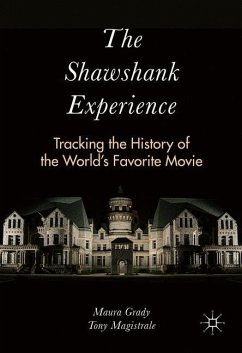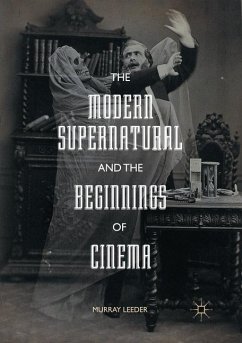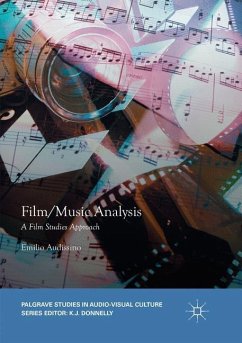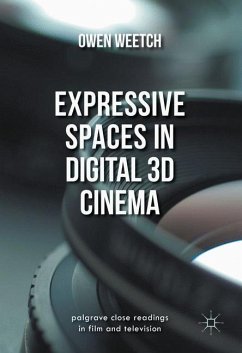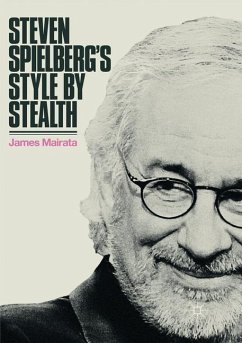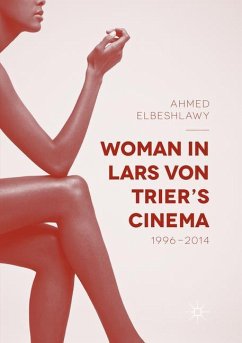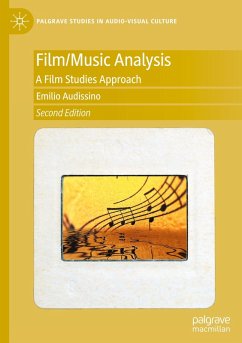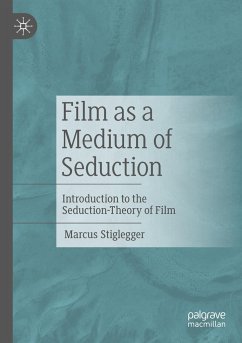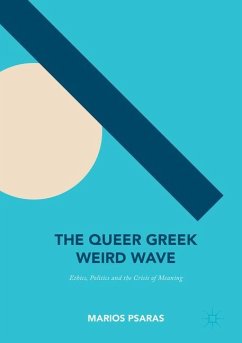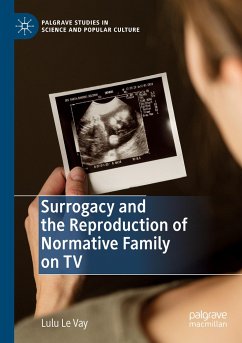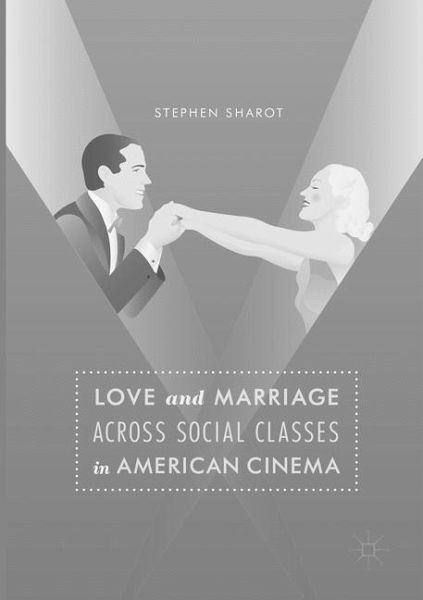
Love and Marriage Across Social Classes in American Cinema

PAYBACK Punkte
10 °P sammeln!
This book is the first comprehensive and systematic study of cross-class romance films throughout the history of American cinema. It provides vivid discussions of these romantic films, analyses their normative patterns and thematic concerns, traces how they were shaped by inequalities of gender and class in American society, and explains why they were especially popular from World War I through the roaring twenties and the Great Depression. In the vast majority of cross-class romance films the female is poor or from the working class, the male is wealthy or from the upper class, and the romanc...
This book is the first comprehensive and systematic study of cross-class romance films throughout the history of American cinema. It provides vivid discussions of these romantic films, analyses their normative patterns and thematic concerns, traces how they were shaped by inequalities of gender and class in American society, and explains why they were especially popular from World War I through the roaring twenties and the Great Depression. In the vast majority of cross-class romance films the female is poor or from the working class, the male is wealthy or from the upper class, and the romance ends successfully in marriage or the promise of marriage.



